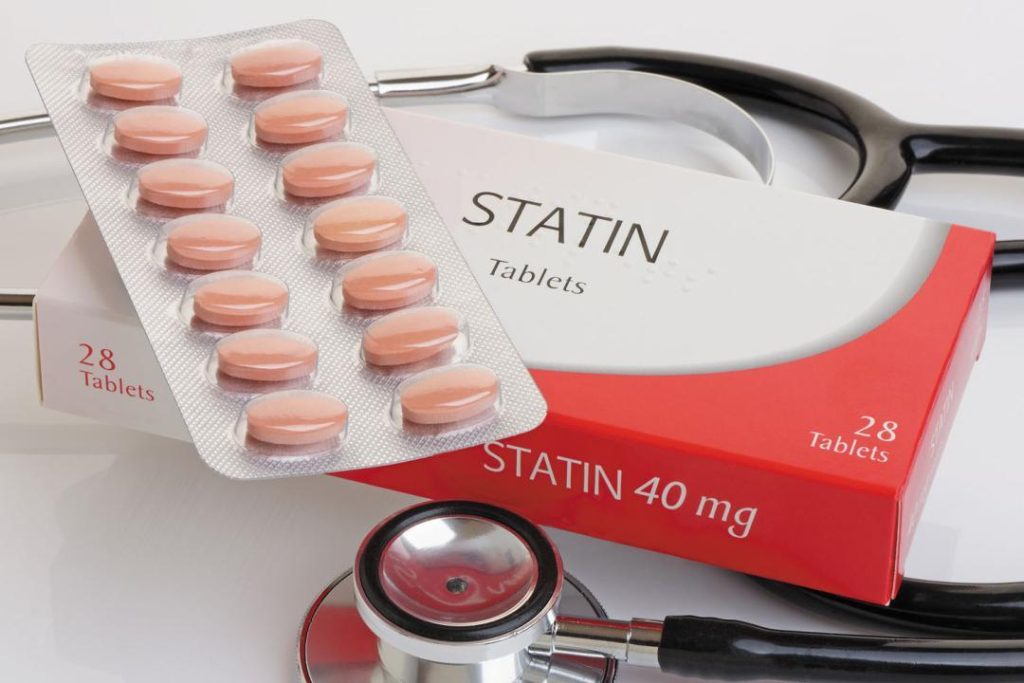
High-dose statins cut artery risk post-stent: Study
Cardiovascular disease is one of the leading causes of death and disability worldwide, and coronary artery disease is a major contributor to this trend. In recent years, percutaneous coronary intervention (PCI) has emerged as a popular and effective treatment option for patients with coronary artery disease. During PCI, a stent is inserted into the blocked or narrowed coronary artery to restore blood flow to the heart.
However, despite the success of PCI, neo-atherosclerosis (NA) remains a significant concern. NA is a condition where plaque builds up inside the stent, leading to re-blockage of the artery. This can occur even after successful PCI, and it’s a major risk factor for cardiovascular events and mortality.
A recent study published in the European Heart Journal has shed light on a potential solution to this problem. Researchers found that high-dose statins significantly reduced the risk of NA plaque buildup inside stents three years after PCI.
The study, which involved over 2,000 patients who underwent PCI, aimed to investigate the effects of different stent designs and cholesterol-lowering therapies on NA development. The researchers used intravascular ultrasound (IVUS) to measure the amount of NA plaque buildup inside the stents at three years post-PCI.
The results were striking. Patients who received high-dose statins had significantly less NA plaque buildup compared to those who received standard-dose statins. In fact, the study found that high-dose statins reduced the risk of NA development by an impressive 64%.
But what does this mean for patients and clinicians? The findings suggest that aggressive cholesterol-lowering therapy has a stronger effect on long-term artery health than choosing between different stent designs. This has significant implications for the treatment of coronary artery disease.
Traditionally, clinicians have focused on selecting the right stent design for each patient, based on factors such as the size and location of the blocked artery. However, this study suggests that the type of stent used may not be as important as previously thought.
Instead, the study highlights the importance of cholesterol-lowering therapy in preventing NA development. High-dose statins, in particular, appear to be a key factor in reducing the risk of NA.
So, what are statins, and why are they important? Statins are a class of medications that are commonly used to treat high cholesterol. They work by inhibiting the production of cholesterol in the liver, which can help to lower LDL (bad) cholesterol levels in the blood.
In the context of PCI, statins are often used as part of a comprehensive treatment plan to prevent NA development. By lowering cholesterol levels, statins can help to reduce the amount of plaque that builds up inside the stent, thereby reducing the risk of NA.
The new study suggests that high-dose statins may be particularly effective in preventing NA development. However, it’s important to note that the researchers did not find a significant difference in NA development between different stent designs.
So, what do these findings mean for patients and clinicians? For patients, the study suggests that aggressive cholesterol-lowering therapy may be a key factor in preventing NA development. This may involve taking high-dose statins as part of a comprehensive treatment plan.
For clinicians, the study highlights the importance of considering cholesterol-lowering therapy as part of the PCI treatment plan. This may involve selecting high-dose statins for patients who are at high risk of NA development.
It’s also important to note that the study had some limitations. For example, the researchers only measured NA plaque buildup at three years post-PCI, and it’s unclear whether high-dose statins would have the same effect at earlier time points.
Despite these limitations, the study provides valuable insights into the role of statins in preventing NA development. As clinicians continue to refine their treatment strategies for coronary artery disease, the findings of this study are likely to play an important role in shaping future guidelines and recommendations.
Source: The Perfusion Clinic – https://thepfc.club/blogs/news/what-are-stents-and-why-do-we-use-them






